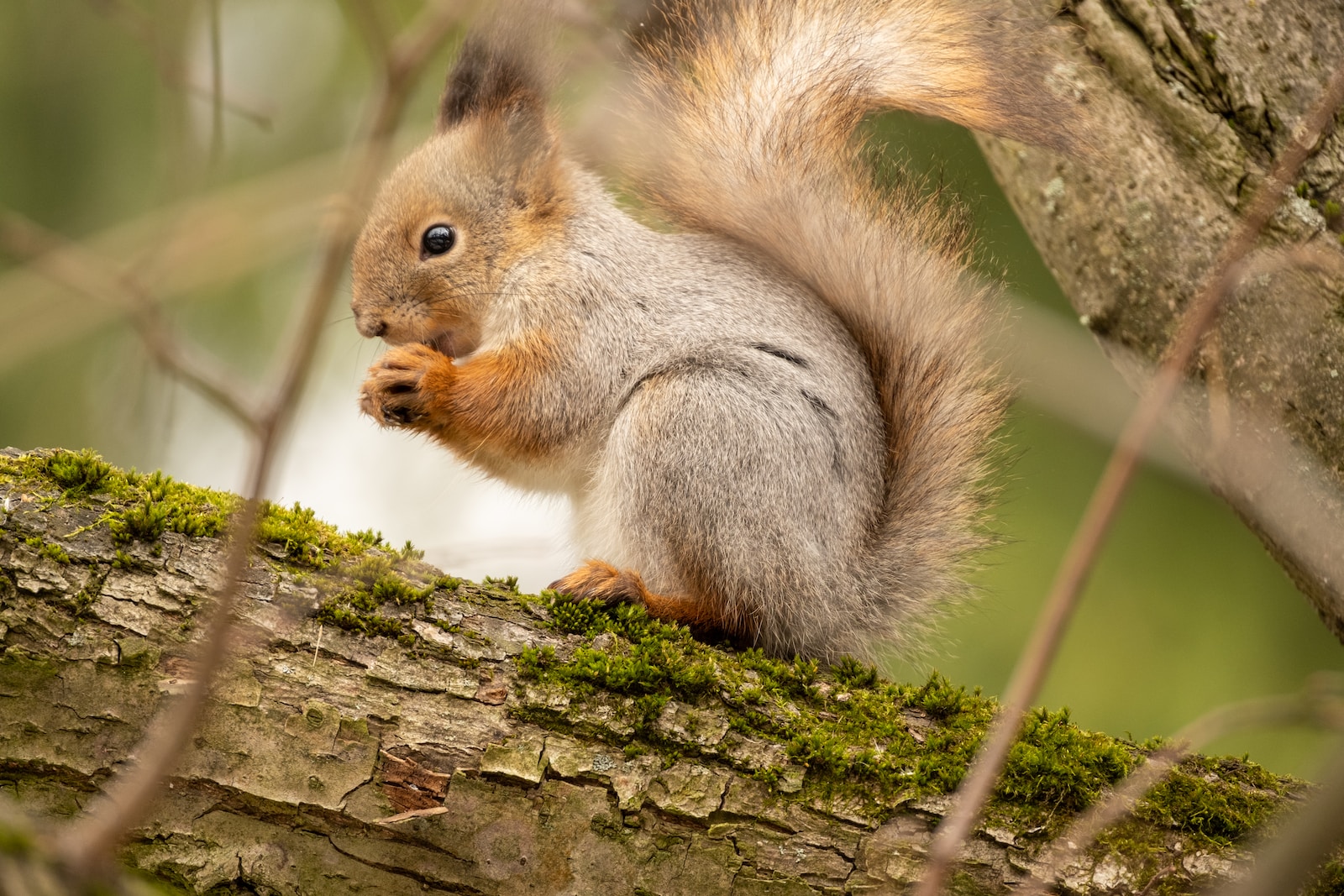Identifying Urban Wildlife
Unbeknownst to most city dwellers, urban areas are teeming with a wide variety of wildlife. These creatures meander in our environments, seeking safe havens and adapting to the urban landscape. Understandably, the first step in creating a sanctuary for urban wildlife is knowing who your potential ‘tenants’ could be. You may encounter a myriad of species – from common birds like sparrows and crows to mammals like squirrels, raccoons, and opossums; even reptiles like the garter snake.
Information provided by Wild Birds Unlimited can help you identify these animals through unique characteristics such as size, colouration, behaviours, and sounds. An opulent male cardinal, for example, stands out with its bright red feathers, while the notorious raccoon is distinguishable by its bandit-like mask. As you become more adept in recognizing these urban species, you make your first stride in cultivating a safe haven for urban wildlife.
Preparing Your Backyard
Now that we know who we’re accommodating, let’s discuss how we can prepare our backyards to be a safe haven. First and foremost, providing food and water sources is crucial. Bird feeders and birdbaths are simple ways to cater to our avian friends. For other wildlife, consider planting native plants that produce berries, seeds, and nectar.
Moreover, creating hidden nooks and hollows in your backyard can provide resting and nesting areas. A pile of leaves or logs can be ideal for small mammals and insects, while dense shrubs and trees can serve as secure spots for birds. Remember, it’s important to maintain these areas, ensuring they’re clean and safe for the animals that use them.
Building and Installing Shelters
Let’s take it up a notch, shall we? For a more hands-on approach, you can directly build and install shelters for your furry and feathered friends. Crafting birdhouses, bug hotels, and hedgehog homes not only makes for an engaging DIY project but also affords wildlife a refuge right in your backyard.
There’s an informative guide available at Experience Prince George’s that’s packed with step-by-step guides on creating such shelters. Remember, installing these homes at the right locations matters too. For instance, birdhouses should be installed high off the ground and away from predators, while hedgehog homes work best when hidden amidst dense vegetation.
Ensuring Safety from Predators
While our goal is to invite urban wildlife into our backyard, we don’t want to unintentionally roll out the red carpet for predators. Domestic predators such as cats and dogs, as well as wild ones like foxes and hawks, pose threats to the urban wildlife you’re nurturing.
One effective solution is installing appropriate fencing. Cat-proof and dog-proof fencing can keep domestic animals out without hindering the comings and goings of smaller wildlife. Moreover, positioning bird feeders and nesting boxes out of a predator’s reach can safeguard your feathered visitors. Ensuring a safe, predator-free zone will go a long way in making your backyard a genuine refuge.
Contributing to Urban Biodiversity Conservation
By sheltering urban wildlife, we’re contributing to a much bigger cause — urban biodiversity conservation. As society paves more square footage for cities and suburbs, we are indiscriminately displacing wildlife. By turning our backyards into safe havens, we are doing our part to counteract this adverse impact.
According to the Sierra Club, urban biodiversity is vital for a balanced ecosystem and healthy living conditions. Every action we adopt to conserve and nurture urban wildlife is a step towards preserving this diversity. Let’s join hands in this venture, transforming our cityscapes into places teeming with life and diversity. After all, we’re not just building a safe haven in our backyards, but fostering a better and more wholesome urban ecosystem.

